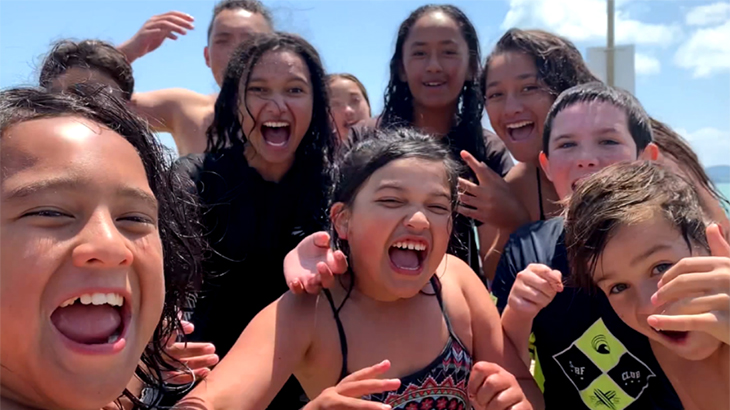Agree with your thinking
Have fun and stay safe around water this summer
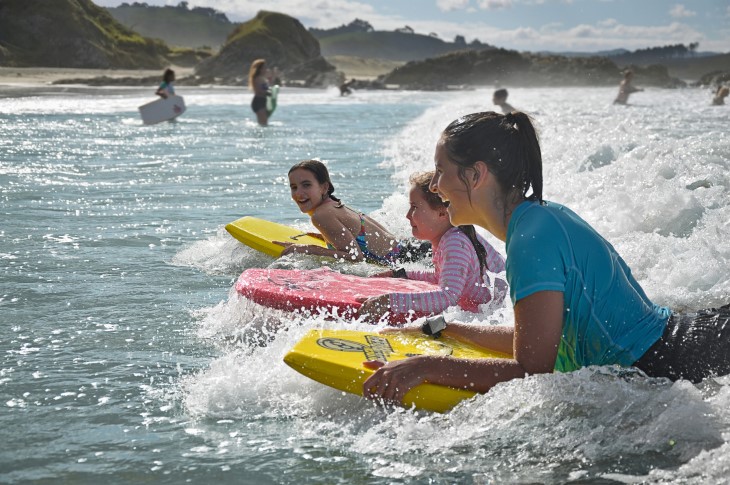
It’s the Kiwi way of life to be in and around the water and we want all New Zealanders to enjoy everything our beautiful beaches, rivers and lakes have to offer.
Sadly, New Zealand has a high fatal drowning rate compared to other Western nations, with 1.6 drownings per 100,000 people. And, after another year of COVID-19 lockdowns, we’re expected to hit our waterways in huge numbers throughout the summer months.
So ACC is laying down a wero (challenge) for all New Zealanders to think about the risks around water.
Research conducted in 2021 found that 3.2 million (85 per cent) adult Kiwis visited the coast in the past 12 months, almost half of them (48 per cent) doing so monthly, and a quarter of Kiwis also visiting rivers, made up predominantly of young people 16 to 25 years.
Over two million people are active while visiting the coast, including swimming or playing in the water. In addition, there are 20 million visits to public pools annually, 1.8 million boaties and about a quarter of all Kiwis go fishing.
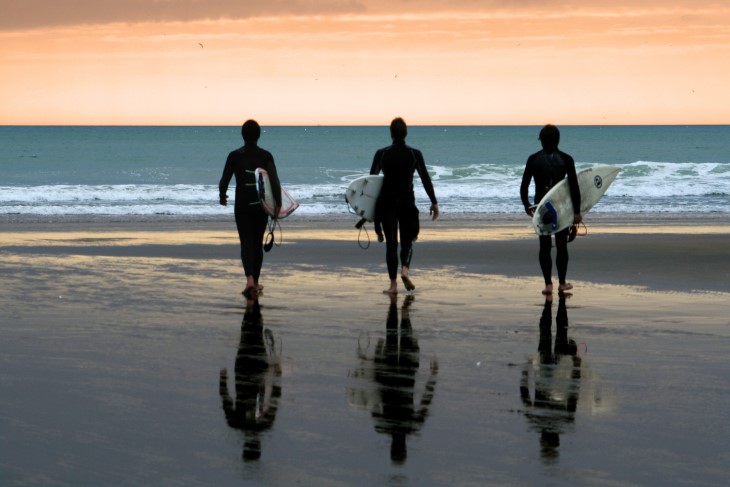
“A drowning is a devastating event”
Growing up in New Zealand, you are almost twice as likely to drown compared to living in Australia.
It’s a sobering statistic. Drowning is the leading cause of recreational death in Aotearoa. It’s the third-highest cause of accidental death, with 74 preventable fatalities in 2020.
There have already been 54 preventable drownings in 2021. ACC Injury Prevention leader James Whitaker says it’s the Kiwi way of life to be in and around the water but it’s an issue that needs addressing.
“Our statistics show we’ve got more work to do to help New Zealanders understand the risks and keep our whānau safe around water,” says Whitaker.
“A drowning is a devastating event for any whānau and community and these incidents are preventable – if you stop and take time to assess the risks.”
In 2021, Auckland (10) and Waikato (10) have had the highest number of drownings, ahead of Wellington (9), Bay of Plenty (7), Northland (6), Canterbury (4), Otago (4), Gisborne (2), Southland (2) West Coast (2) and Hawke’s Bay (1).
The data shows males are four times more likely to drown in New Zealand, making up 84 percent of total drownings.
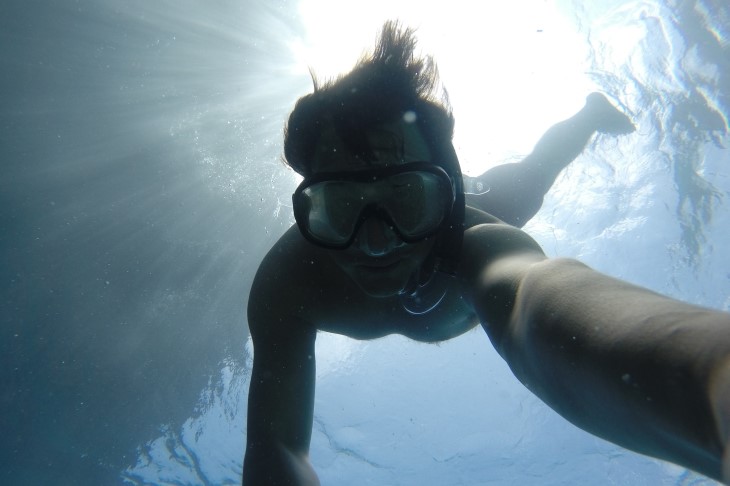
A five-year high in the cost of water-related injuries
It’s not just preventable drownings as well. Every year, New Zealanders suffer a high number of water-related injuries.
In the 2020/21 financial year, there were 31,635 new claims accepted for water-related injuries, the highest in three years.
The cost of water-related injuries in 2020/21 was over $83m, the highest cost over the past five years.
“We’re huge supporters of people getting out and following their passion, whether that’s time with the whānau by the beach or fishing at their favourite spot on the river,” says Whitaker.
“We want people to enjoy life knowing that ACC is supporting them to stay injury free and to get back to everyday life when things go wrong.”
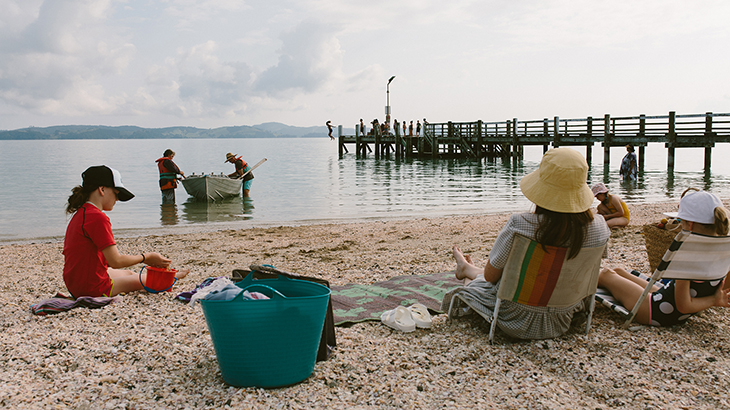
Water Safety NZ is urging people to know the Water Safety Code for safe play in the water.
The Water Safety Code is: (1) Be prepared, (2) Look after yourself and others, (3) Be Aware of the Dangers, and (4) Know Your Limits.
Dan Gerrard, Water Safety NZ CEO, says it’s the responsibility of all New Zealanders to ensure everyone stays safe.
“We want everyone to enjoy their time this summer,” he says. “Whether it’s at the beach, lake or river, we want them to have a great time with their whanau.
“We also want to remind people that they need to have personal responsibility for their safety and the safety of their family in or around water.
“Be prepared, know the risks and your limits, and watch out for yourself and others.”
Dan says that underestimating the risks and overestimating ability are the biggest mistakes people make when they’re in the water.
“Most drownings and water-related injuries are preventable if we all take a moment to consider the risks.”
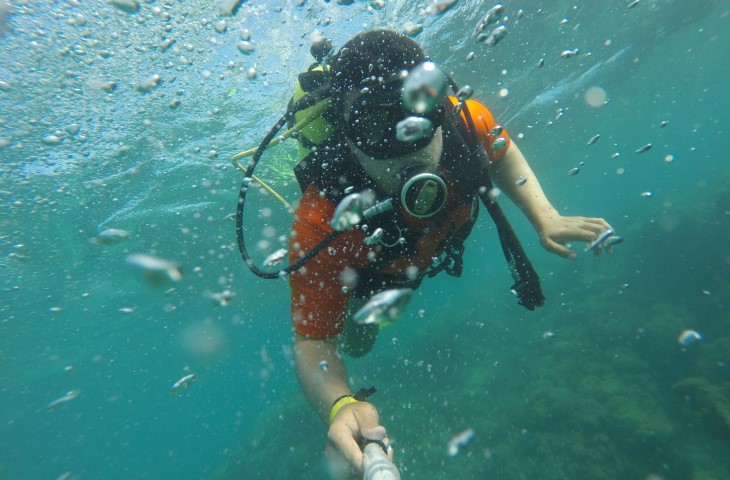
Investing in Injury Prevention
ACC partners with Water Safety NZ to keep children safe in and around water. We are the naming rights sponsor of the ACC Water Skills for Life programme.
Dan says the programme teaches kids how to have fun and keep themselves safe in and around water.
“Knowing how to swim is not enough, Water Skills for Life teaches other lifelong water safety and survival skills,” he says.
“While we still teach the fundamentals of swimming, we also want to address the fundamentals of being safe around the water.”
That’s skills like learning how to float on your back, on your front, getting into a huddle position if you’re with a group, making sure you’re wearing a life jacket on the boat and knowing how to use one in the water, learning how to scull and tread water.
“We teach all of that in Water Skills for Life. They are critical skills that could save your child’s life.”
In 2020, ACC helped over 200,000 children learn these critical water safety skills. Since July 2017, there have been 757,242 tamariki complete the programme.
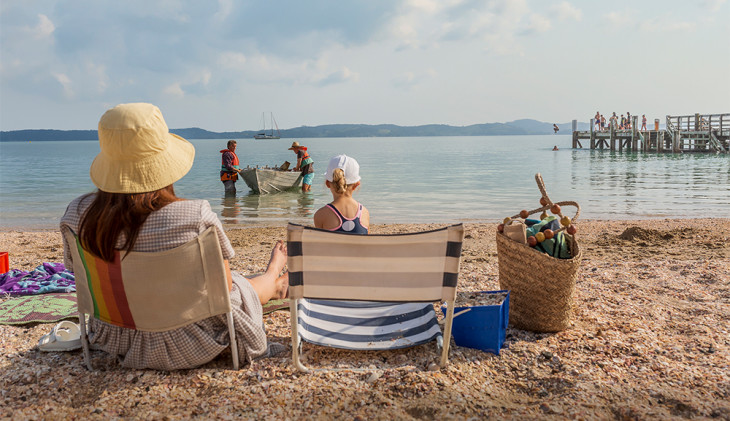
Water Safety NZ - Water Safety Code
Be prepared – check the weather, your gear and the water conditions.
Look after yourself and others – adults, not children or teenagers, should always supervise little people and children around water.
Be aware of the dangers – check for rips and currents, snags and rocks and don’t consume alcohol before a swim, dive or going fishing.
Know your limits – do you know how to swim? If not, stay out. Remember, you will never be able to swim in the ocean as well as in a pool and cold water will make you tired.
For more information visit Water Skills for Life: Water Skills for Life




